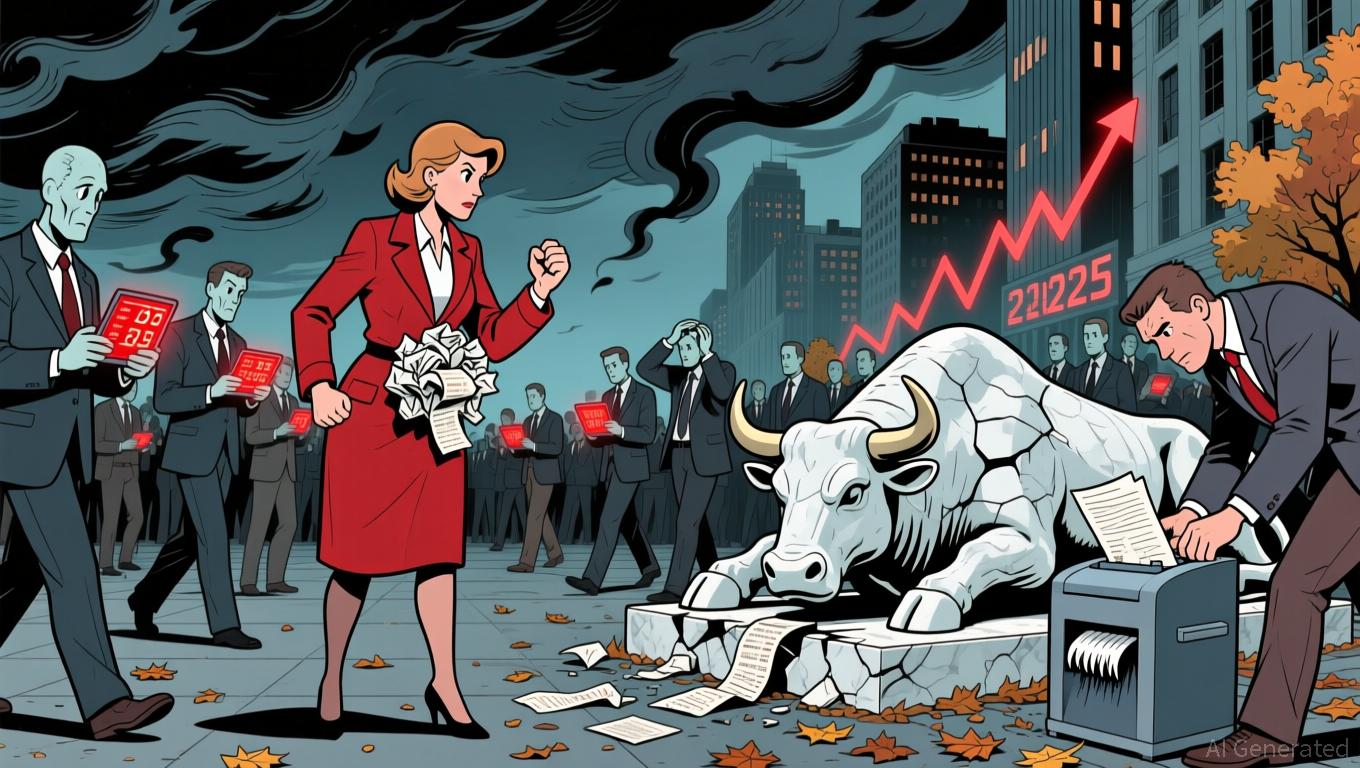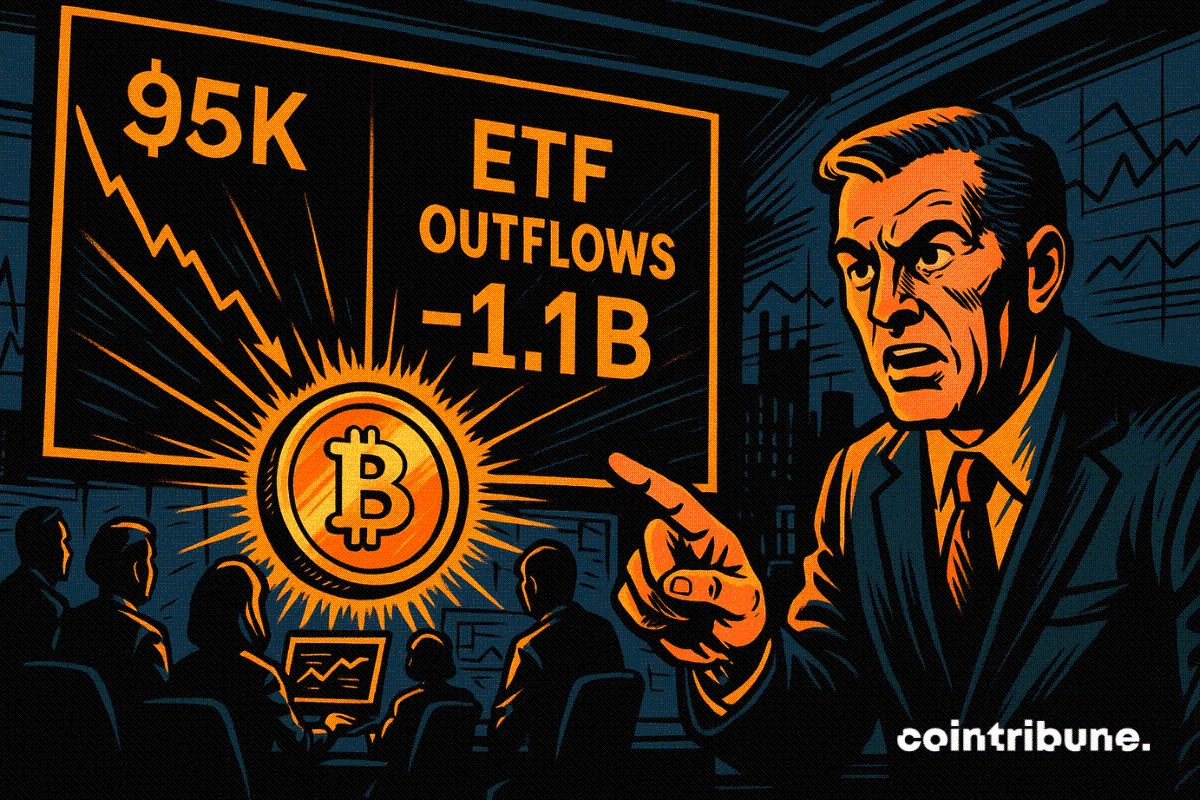PROVE drops by 51.23% within 24 hours during significant market corrections
- PROVE plunged 51.23% in 24 hours to $29.13, following 1374% weekly and 5544.51% annual declines. - Analysts attribute the crash to shifting market sentiment and technical breakdowns, with no single catalyst identified. - Key indicators like RSI (oversold) and MACD (bearish divergence) confirm downward momentum amid broken support levels. - The 200-day moving average resistance and exhausted price action suggest prolonged bearish pressure remains intact.
On September 26, 2025, PROVE experienced a sharp 51.23% plunge in just one day, falling to $29.13. This steep drop comes after a 1374% loss over the previous week, a 2566.98% decline in the past month, and a massive 5544.51% decrease over the last year. Such dramatic price action has raised significant alarm among investors and led to renewed analysis of the asset’s underlying fundamentals and technical signals.
The recent turbulence in PROVE’s price has been linked to a mix of shifting market sentiment and possible technical failures. Although no single event has been identified as the main cause, the rapid decline points to increased caution and a possible reassessment of the asset’s value. Experts have observed that corrections of this scale often follow periods of excessive speculation or overvaluation, but so far, none have provided a clear forecast for when or how a recovery might occur.
Technical analysis has revealed worsening trends in recent trading sessions. The Relative Strength Index (RSI) has dropped into oversold levels, and the Moving Average Convergence Divergence (MACD) is showing a bearish divergence. These indicators support the ongoing downward trend, but do not signal an imminent reversal. The breach of important support levels has intensified negative sentiment, prompting some investors to close long positions to avoid further declines.
Across various timeframes, PROVE’s technical outlook remains negative. The 200-day moving average has served as resistance in recent months, and the inability to stay above this threshold suggests the downward movement may persist. Additionally, price action has shown signs of fatigue, with tighter trading ranges and lower volatility indicating a lack of strong conviction among traders.
Disclaimer: The content of this article solely reflects the author's opinion and does not represent the platform in any capacity. This article is not intended to serve as a reference for making investment decisions.
You may also like
Bitcoin Updates Today: Institutional Bitcoin Buzz vs. Arbitrage Facts: Hayes Reveals the Strategy
- Arthur Hayes challenges institutional Bitcoin bullishness, arguing major players exploit arbitrage strategies rather than hold long-term conviction. - Harvard University's $442.8M IBIT stake and 15% Q3 surge in BlackRock's ETF holders highlight growing institutional adoption. - Hayes reveals "basis trade" tactics where large holders buy IBIT shares while shorting Bitcoin futures to capture yield differentials. - ETF flows show $2.3B November outflows and Wisconsin's $300M IBIT liquidation, reflecting vol

Bitcoin News Update: Bitcoin Drops Under $95,000 as ETFs See $3.2 Billion Outflow, Institutional Interest Declines
- Bitcoin fell below $95,000 on Nov. 17, 2025, due to ETF outflows, weak institutional demand, and broken technical support levels. - Digital asset products saw $3.2B in outflows over three weeks, with U.S. spot Bitcoin ETFs losing $1.1B in a record fourth-largest weekly outflow. - MicroStrategy bought 8,178 BTC for $835.6M, reaffirming its commitment to Bitcoin as a treasury asset despite market weakness. - Solana and Ethereum fell over 15% and 11%, respectively, as broader crypto markets weakened amid fa

Bots Take the Lead Online as Automated Content Reshapes User Experience

Stobox and REAL Finance Join Forces to Revolutionize RWA Infrastructure
